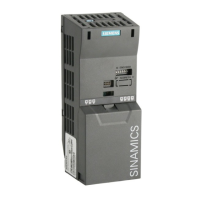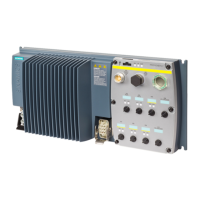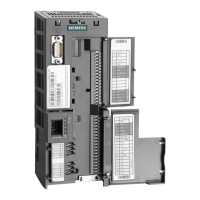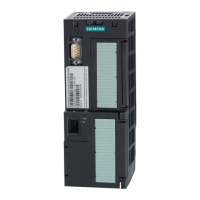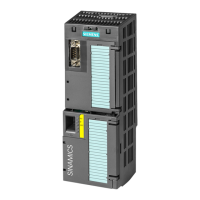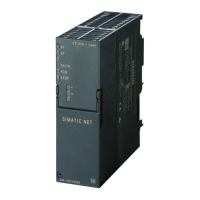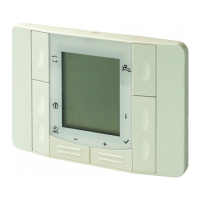Functions
8.15 Brake functions
Control Units CU240S
8-86 Operating Instructions, 11/2006, A5E00766042B AA
Note
1. The "DC braking" function is only practical for induction motors!
2. DC braking is not suitable to hold suspended loads!
3. For DC current braking, the motor kinetic energy is converted into thermal energy in
the motor. If braking lasts too long, then the motor can overheat!
4. While DC braking, there is no other way of influencing the motor speed using an
external control. When parameterizing and setting the motor system, then as far as
possible, it should be tested using real loads!
8.15.2.2 Compound braking
Data
Parameter range: P1236
Warnings: -
Faults: -
Function chart number: -
Description
For compound braking (this is enabled using P1236) DC braking is superimposed with
regenerative braking (where the motor regenerates into the line supply as it brakes along a
ramp). If the DC link voltage exceeds the compound switch-in threshold VDC-Comp (see
figure below), then a DC current is impressed as a function of P1236. In this case, braking is
possible with a controlled (closed-loop) motor frequency and minimum regenerative
feedback. Effective braking is obtained without having to use additional components by
optimizing the ramp-down time (P1121 for OFF1 or when braking from f1 to f2, P1135 for
OFF3) and using compound braking P1236.

